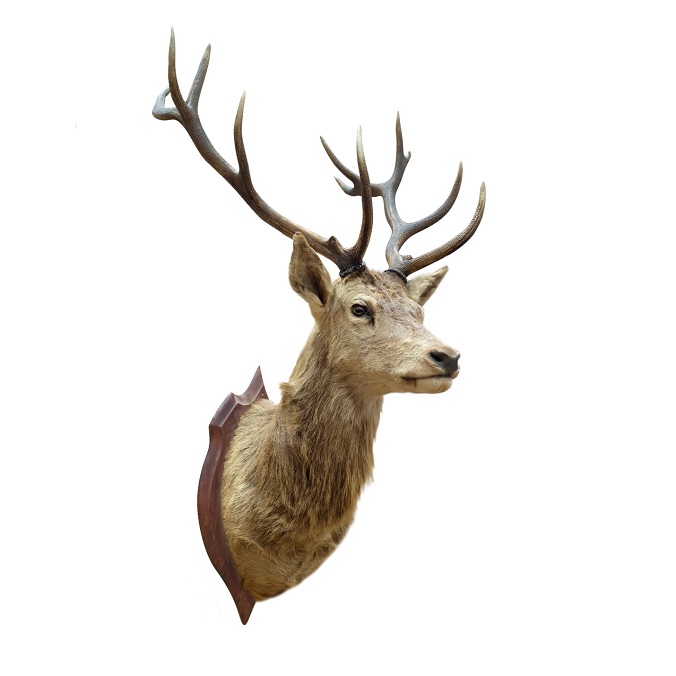Mounted figures and skulls of birds, small mammals, and large game represent the art of taxidermy, or the preparing, stuffing, and mounting of skins of animals. Records of the practice date back to the 16th century.
The art form has survived into the modern day to serve many different purposes. Some taxidermists prefer the skin and fur intact; others aim to prepare complete skulls.
How Does Taxidermy Work?
Taxidermy involves the use of dead animals to create art. Aside from use in natural history museums and ranches, animal specimens, bones, and even trophy mounts are found throughout homes in the United States.
These are often prepared by specialists and artists familiar with sculpting, painting, woodworking, and other disciplines. Hunters and fisherman often rely on taxidermists to display their trophies.
Nowadays, ethical taxidermy has become mainstream, meaning those looking for a display don’t resort to trapping, hunting, or killing a creature just in the name of art. Animals that died of natural causes are often sought. They may have been killed by a predator, illness, or old age or have died during birth or due to starvation and environmental factors.
Best Bones for Taxidermy
Bones are often the focus of taxidermy. You can’t do much with bones; they are what’s left after the fur, skin, organs, and meat have been removed. However, animal bones can be used to create art or jewelry; they may also be ground up into bone meal fertilizer.
Bones from hunted animals can be used for taxidermy projects. The most common trophies include elk, deer, birds, and fish. Discarded livestock remnants, roadkill, and even animals that die in pet stores may be used as well.
Specimens may also originate from animal casualties in zoos, many due to injuries and illnesses or those euthanized due to underlying health issues.
This brings us to the question: which bones are best for taxidermy?
The most common you see are skulls and antlers, but how do you remove all the tissue attached to bone? It would seem skull cleaning would be a time-consuming and messy task to perform at home. For a taxidermy business, natural methods are available to expedite the process.
Boiling or composting are possible steps, but one effective and advantageous method is to use healthy colonies of flesh-eating dermestid beetles.
These creatures eat only animal flesh and provide a pest-free approach to achieving a finished product without any special machinery or tools.
Nature will take care of things, making life easier for human taxidermy specialists!
Buy Dermestid Beetles Online
Kodiak Bones & Bugs Taxidermy has made it easy to buy dermestid beetles online. Whether you’re creating a fixture for a museum, a ranch, or a home collection, we offer dermestid beetles for sale, as well as skull cleaning services.

